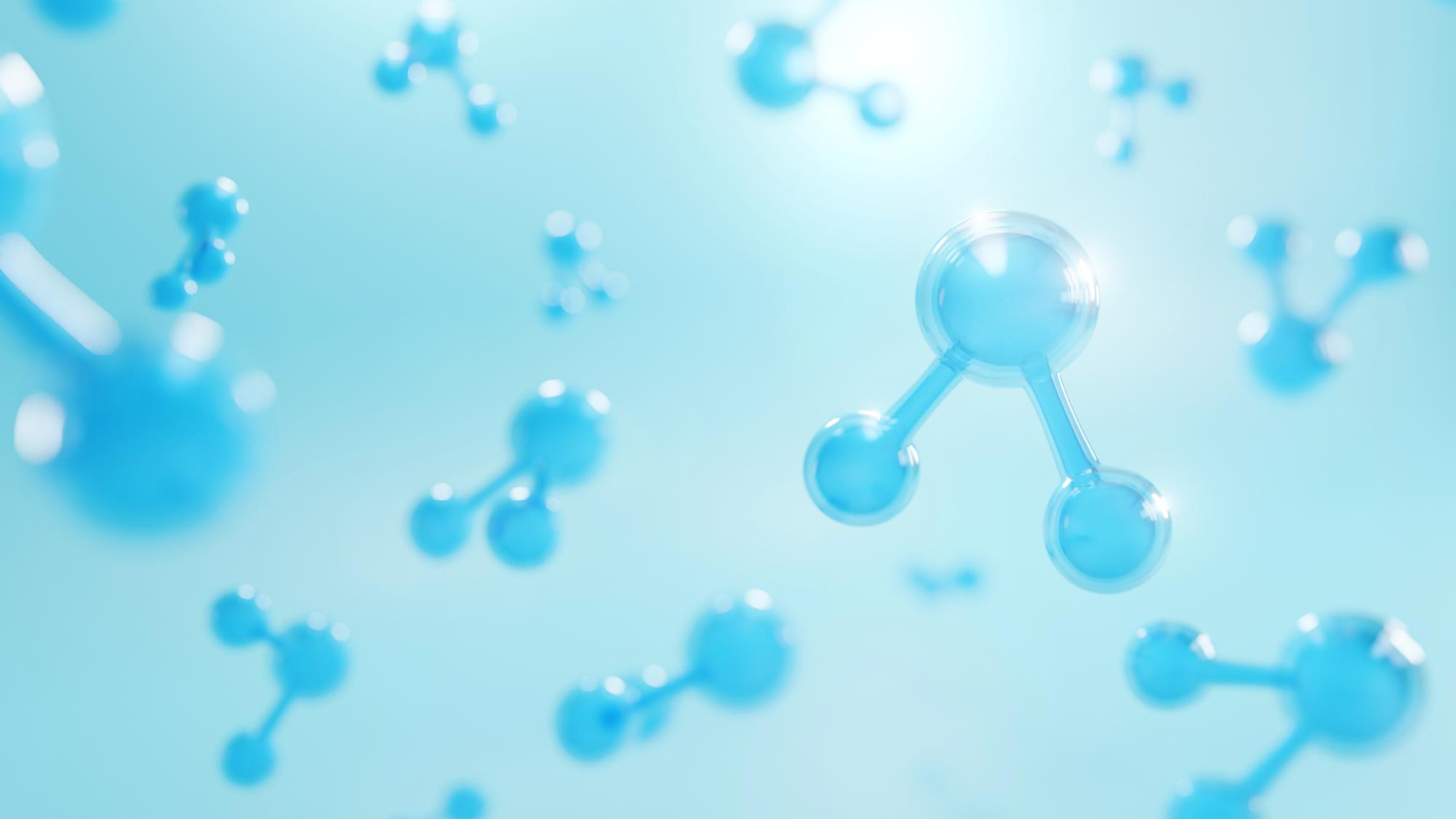
A hydrogen production breakthrough: an electrolyze that collects atmospheric water vapor, including from seemingly “bone dry” air, and converts it into hydrogen has been developed by Australian and international researchers.
The discovery, made possible by a group at the University of Melbourne, opens the door to the creation of hydrogen sustainable energy without using up valuable drinking water. The prototype is tested by the researchers under a range of relative humidity levels, down to 4%, and they discover that it continuously generates high purity hydrogen without the need for liquid water—in one case, for over 12 days straight.
This is important, as current hydrogen electrolyser technology typically relies on access to increasingly scarce resources of pure water, while this device could be scaled to facilitate hydrogen production in remote, arid, and semi-arid regions.
How does it work?
The Direct Air Electrolysis (DAE) module of the team consists of a water harvesting unit at the center, electrodes on either side, gas collectors, and an integrated renewable power source (in this case, solar electricity was used for much of the testing). A porous medium such as melamine sponge is then soaked with a hygroscopic (or water attracting) substance to absorb moisture from the air via the exposed surfaces.

The researchers investigated a variety of hygroscopic substances, such as sulfuric acid, potassium hydroxide, and potassium acetate. They discovered that all three substances spontaneously created ionic electrolytes by absorbing moisture from the atmosphere. With a constant supply of air and power, it was discovered that the direct air electrolysis modules could successfully create hydrogen gases at very low relative humidity levels or at greater humidity levels for longer than 12 days.
According to the team, an outdoor solar prototype with five parallel electrolysis stages has been built to achieve an average hydrogen production rate of 745 L per day−1 m−2 cathode. Additionally, a wind-driven prototype has been demonstrated.
Original source H2 View

Our work with hydrogen
We work with solutions for production of green hydrogen, through electrolysis with zero carbon emissions, to then be stored and distributed, such that it can be utilized to generate steel, heat buildings, or power fuel cells for automobiles and ships.
With our method, a kilogram of H2 is produced with less energy and water. Know more here.
